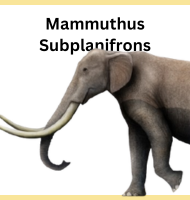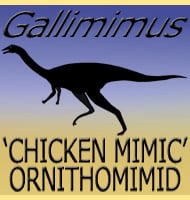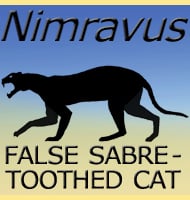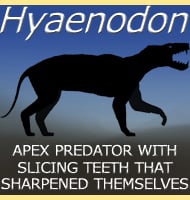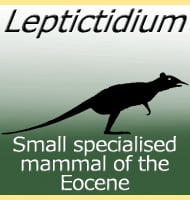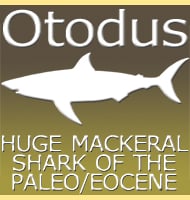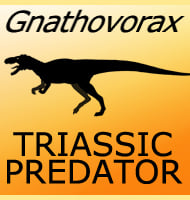In Depth
Along with Styletoctopus, the description of Keuppia was one of the big discoveries concerning the study of prehistoric cephalopods. Keuppia has the standard eight arms common to all octopuses yet is not yet a modern form. Inside the body there is what is called a gladius, a firm growth that is actually the remnant of the large outer shells that once surrounded the bodies of its ancestors. In modern octopuses the gladius is greatly reduced to a thin rod-like structure as to not hinder movement into crevices. Keuppia however with its larger gladius would not have been able to squeeze into such tight spaces, and may have been more pelagic (living in open water) as a result. When studied alongside Styletoctopus however the real significance can be appreciated, since the gladius of Styletoctopus is smaller than Keuppia, but still larger than those seen in modern forms. This indicates a transition from squid or squid-like ancestors, to primitive octopuses like Keuppia, to nearer modern forms like Styletoctopus, before the eventual appearance of today’s modern octopuses.Another prehistoric octopus genus discovered from Lebanese fossil deposits is Palaeoctopus.
Further Reading
– New octopods (cephalopoda: coleoidea) from the late cretaceous (upper cenomanian) of H�kel and H�djoula, Lebanon. – Dirk Fuchs, Giacomo Bracchi, Robert Weis - 31st Dec 2008 (pub January 2009)


